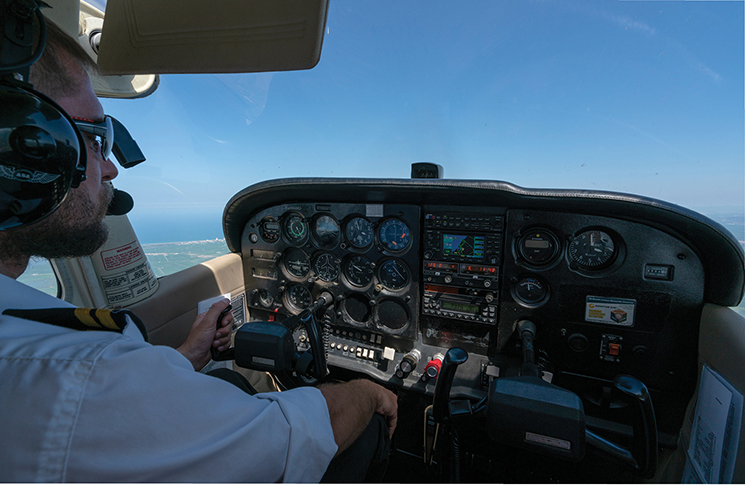An IFR Part 91 flight from YSTW to YARM suffers an issue enroute, resulting in the loss of GNSS capability. The only navaids remaining are the VOR, ILS and NDB. No DME is available.

- The GNSS and DME arrival at YARM cannot be flown, only leaving the option of conducting the YARM 05 NDB approach.
Can this be flown without a DME or GNSS?- yes
- no
- Select the option to commence the approach without a valid DME in this scenario, with a heading of 040 inbound to the aid:
- only after completing at least 2 holding patterns
- via any of the specified initial approach fixes
- only after a sector entry to the holding pattern overhead the NDB
- a straight-in approach, established 042 inbound
- Does the conduct of a 3D approach satisfy the recency requirements for a 2D approach?
- yes
- no
- Outbound timing for a Category B aircraft from the NDB is 2 ½ minutes. Should an allowance be made to the timing for the effects of wind?
- yes
- no
- What is the minimum IAS that can be flown on the outbound leg in a Category B aeroplane for this approach?
- 130 kt
- 120 kt
- 100 kt
- 90 kt
- The distance between YSTW and YARM is 52 nm. What is the rated coverage of the YSTW VOR at 9,000 feet?
- 60 nm
- 90 nm
- 120 nm
- as specified in the ERSA
- What is the range of the YARM NDB at 6,000 feet?
- 90 nm
- 60 nm
- 120 nm
- as per ERSA entry for YARM
- You meet the recency requirements for single‑pilot IFR operations. What additional recency requirements in the last 90 days do you need, to legally conduct an Armidale NDB approach in an aeroplane?
- 3 instrument approaches in an aeroplane or simulator, one instrument approach in an aeroplane, one 2D instrument approach and one approach using azimuth guidance
- 3 instrument approaches in an aeroplane or simulator, one 2D instrument approach using either CDI or azimuth guidance.
- one 2D instrument approach and at least 2 other instrument approaches 2D or 3D
- 3 instrument approaches of which one must be a 2D instrument approach
- Can you legally conduct a circling approach on a 2D instrument approach in IMC if you have not conducted one in your last IPC?
- yes
- no
- What is the MDA applicable for the NDB approach with AWIS-reported QNH less than 15 minutes old?
- 4,210 feet
- 4,160 feet
- 4,110 feet
- 4,060 feet
- If you are using a temporary suction mounting device for your EFB, should you stow it securely before take-off?
- yes
- no
- Which of the following options correctly list some of the CASA-approved aeronautical data service providers for EFBs, and under what regulation are they approved?
- OzRunways Pty Ltd, Sky Vector LLC, Avsoft Australia Pty Ltd, all approved under CASR Part 175
- ForeFlight LLC, Lufthansa Systems FlightNav AG, OzRunways Pty Ltd, all approved under CASR Part 175
- ForeFlight LLC, Lufthansa Systems FlightNav AG, OzRunways Pty Ltd, all approved under CASR Part 91
- Garmin International Inc., ForeFlight LLC, Sky Vector LLC, all approved under CASR Part 139
- To avoid delays before departing a Class D aerodrome, how long before the expected time of entry into CTA should an IFR flight plan be submitted?
- at least one hour
- at least 45 minutes
- at least 30 minutes
- no time limit is applicable
To view the answers, go to the next page using the page navigation buttons below.


